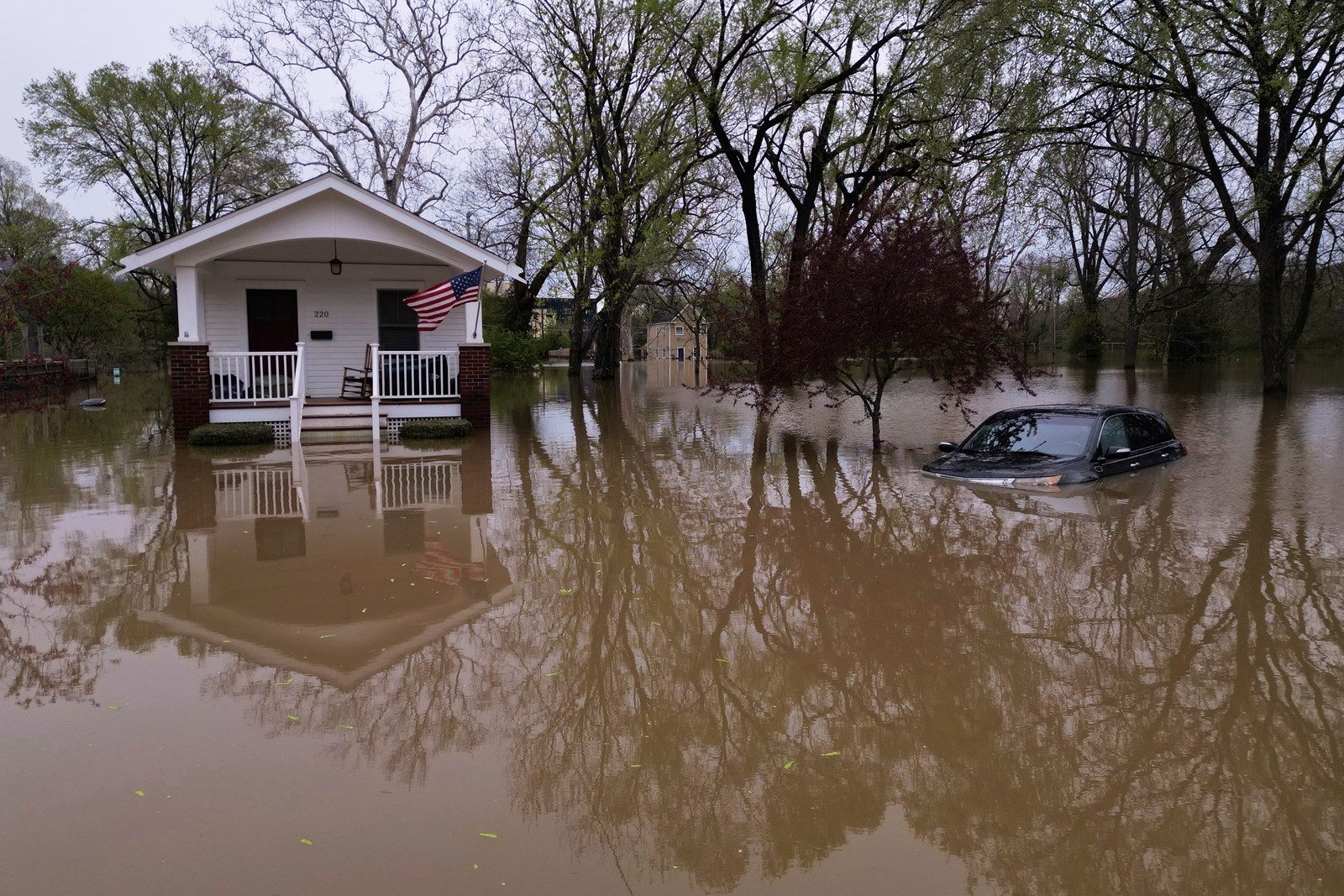We have been told we have very little time to act if we want to avoid a climate disaster. Yet, on July 4 President Trump signed the “Big Beautiful Bill” into law. This legislation fundamentally reorients U.S. energy policy, shifting federal support from renewable energy initiatives toward fossil fuels and nuclear energy. The consequences of this shift carry significant implications for climate finance, emissions trajectories, and global climate action efforts at a critical moment.
Significant investments under President Biden’s Inflation Reduction Act (IRA) and Bipartisan Infrastructure Law placed the United States on a path toward reduced carbon emissions through increased reliance on renewable energy, including wind, solar, and electric vehicles. These incentives directly drove investment growth, expanding renewable energy projects nationwide, fostering technological innovation, and significantly boosting green-sector employment.
The Big Beautiful Bill now phases out or dramatically reduces these critical tax incentives and subsidies starting around 2026-2027. Without federal incentives, renewable energy projects previously viable could struggle for financing, and clean energy jobs are likely to be severely impacted. Independent analyses forecast potential job losses in the clean energy sector totaling approximately 830,000 nationwide due to scaled-back investment.
Perhaps the starkest consequence, however, is the anticipated rise in greenhouse gas emissions. Previous climate policy goals sought significant reductions in U.S. emissions aligned with international targets such as those outlined in the Paris Agreement. However, climate researchers estimate that under the Big Beautiful Bill, emissions could rise substantially — by approximately 500 to 730 million metric tons annually by 2035 compared to current projections under existing policies.
Globally, the financial commitment needed to combat climate change has been extensively documented. The 2022 McKinsey report, “The Net-Zero Transition,” estimated that reaching net-zero emissions globally by 2050 requires an annual capital expenditure of approximately $9.2 trillion — $3.5 trillion per year above current investment levels. Similarly, the International Energy Agency (IEA) in its 2021 “Net Zero by 2050” report recommended doubling global clean energy investments to around $4 trillion annually by 2030 to meet a 1.5°C warming limit.
Yet global emissions continue to rise. According to the UNEP 2023 Emissions Gap Report, even full implementation of national climate pledges currently leaves the world on track for a dangerous warming scenario between 2.5 and 2.9°C, significantly above the safer 1.5°C threshold. This report underscores that inaction carries severe economic consequences, estimating global losses of $2 trillion to $4 trillion per year by 2100 from unchecked climate disruptions.
The Intergovernmental Panel on Climate Change (IPCC) Sixth Assessment Report (2023) emphasized the urgent need for global emissions to peak by 2025 and halve by 2030 to maintain any realistic hope of staying within the 1.5°C limit. Achieving these goals, according to IPCC analysis, requires global investments in climate mitigation to increase three to six times current spending levels.
With each year that passes without adequate investment, the window to maintain safe levels of warming shrinks dramatically.
The Big Beautiful Bill’s shift away from renewable energy and toward fossil fuels and nuclear power introduces significant economic costs domestically. Experts forecast increased household energy expenses, potentially by $100 to $400 annually per family by 2035, coupled with higher wholesale energy prices. This increase reflects not only a loss of renewable energy cost benefits but also increased reliance on more expensive energy sources over time.
Moreover, the social costs of delayed climate action are not evenly distributed. Marginalized and economically vulnerable communities, already disproportionately impacted by climate-induced disasters such as flooding, wildfires, and heatwaves, face exacerbated financial burdens as energy costs rise and resilience efforts stall. Financial resources to protect and empower these communities through the energy transition are further jeopardized.
Historically, the U.S. has been central to international climate initiatives, financial assistance, and investment mobilization in renewable energy and climate resilience. This new legislative direction reduces America’s leverage in international climate negotiations, potentially weakening the overall global response as other major emitters may reconsider their climate commitments.
As renewable investment momentum shifts toward countries like China and Germany, the U.S. could find itself significantly behind in key economic sectors essential for future global competitiveness, from electric vehicles to battery storage technologies.
The passage of the Big Beautiful Bill highlights the broader challenge facing climate finance globally: political will remains the most critical — and elusive — resource. While technically and economically feasible, meeting global emissions targets requires coordinated, sustained, and significant financial investments. As of 2025, the opportunity to meet the 1.5°C target is widely considered nearly lost. Yet, the slightly higher target of 2°C warming remains achievable, albeit increasingly difficult with every passing year of inaction.
The next several years could decisively shape global climate outcomes for generations. The window for impactful climate action remains narrowly open, but time and financial resources are critically constrained.
The question is no longer about knowing the cost, but whether there remains sufficient political and financial commitment — both within the U.S. and internationally — to make timely, transformative investments. The clock continues to tick.
Ed Gaskin is Executive Director of Greater Grove Hall Main Streets and founder of Sunday Celebrations



 PREVIOUS ARTICLE
PREVIOUS ARTICLE
